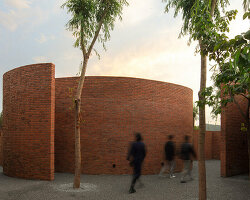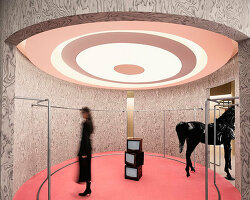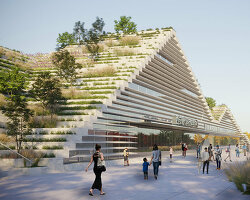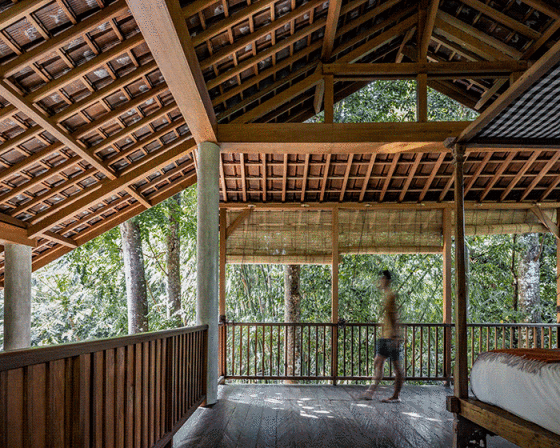KEEP UP WITH OUR DAILY AND WEEKLY NEWSLETTERS
PRODUCT LIBRARY
designboom's earth day 2024 roundup highlights the architecture that continues to push the boundaries of sustainable design.
with behemoth installations, scandinavia's largest exhibition of anish kapoor's works opens at ARKEN museum.
connections: +390
a powerful symbol of the house’s cultural heritage, the jockey silk with colorful geometric motifs is an inspiration for leather goods and textiles.
connections: +660
we're getting ready for the pre-opening launching today until friday, with public access scheduled for the 20th.
connections: 12
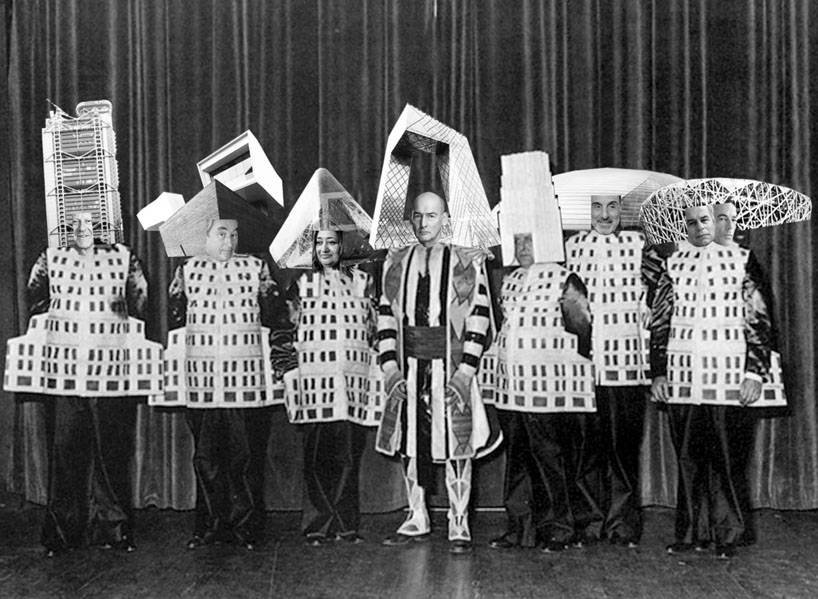
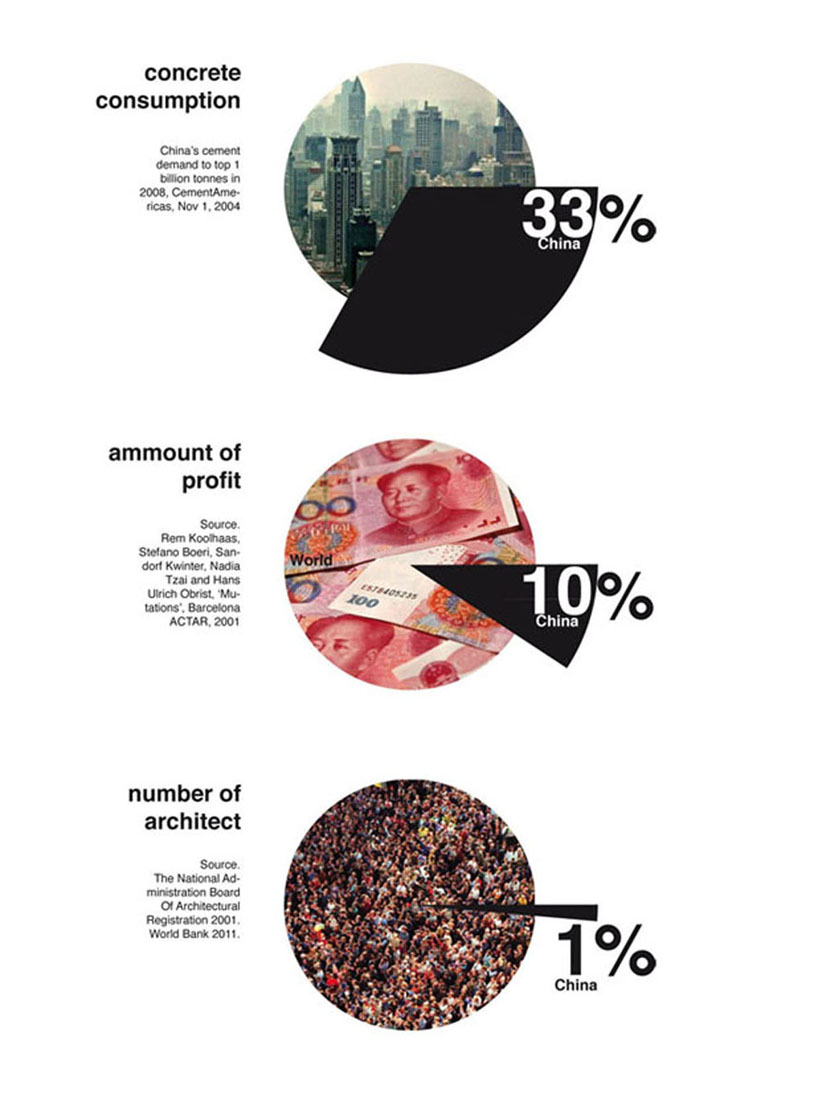 condition of chinese architecture in 2010
condition of chinese architecture in 2010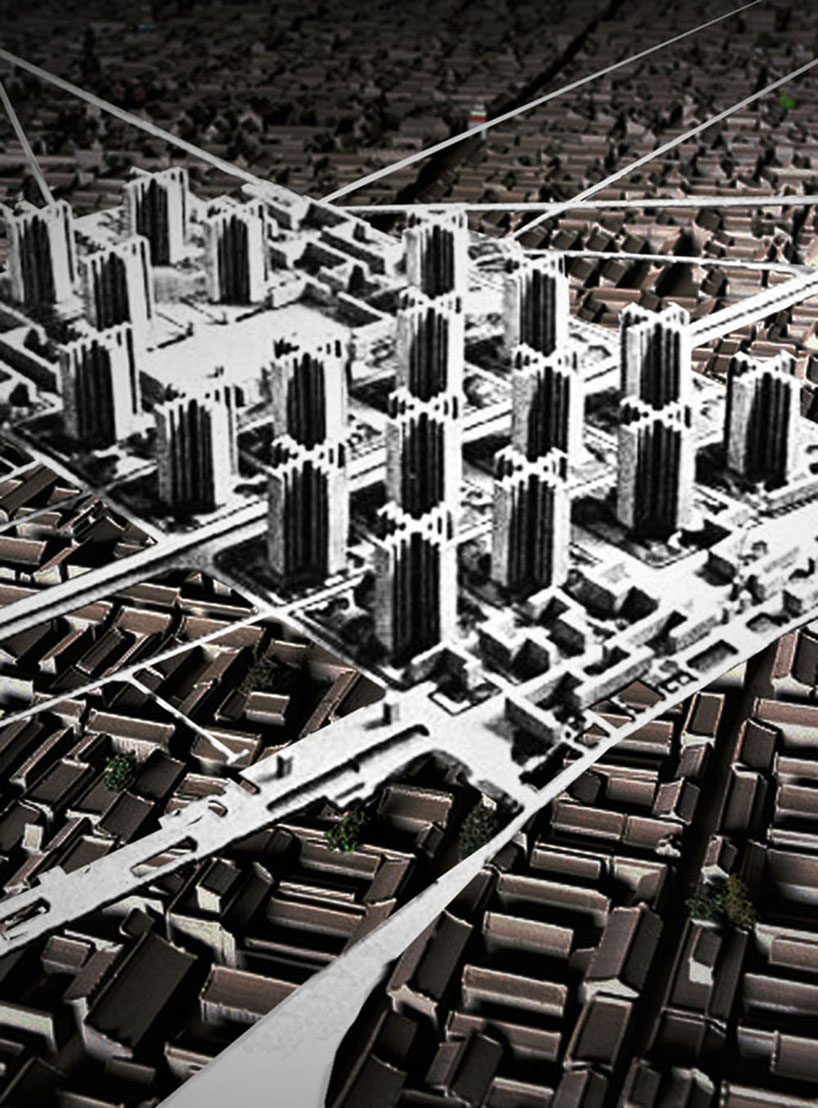 starting from scratch
starting from scratch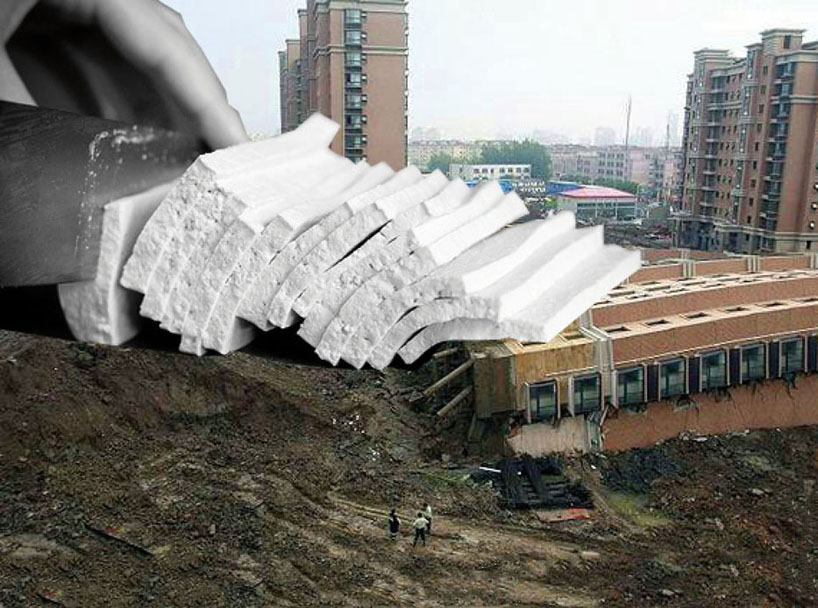 ‘tou-fu’ building detail issues
‘tou-fu’ building detail issues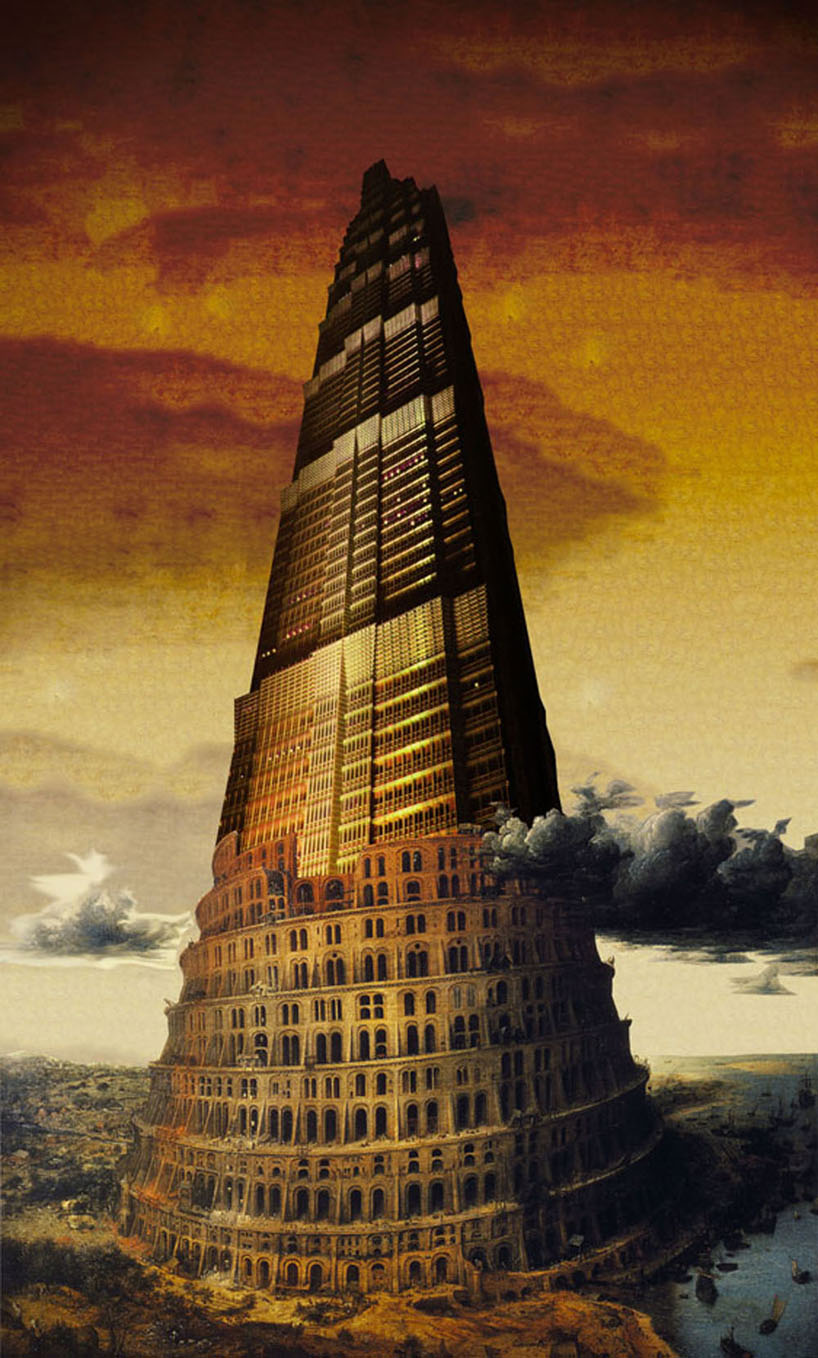 high-rise building in jingmao
high-rise building in jingmao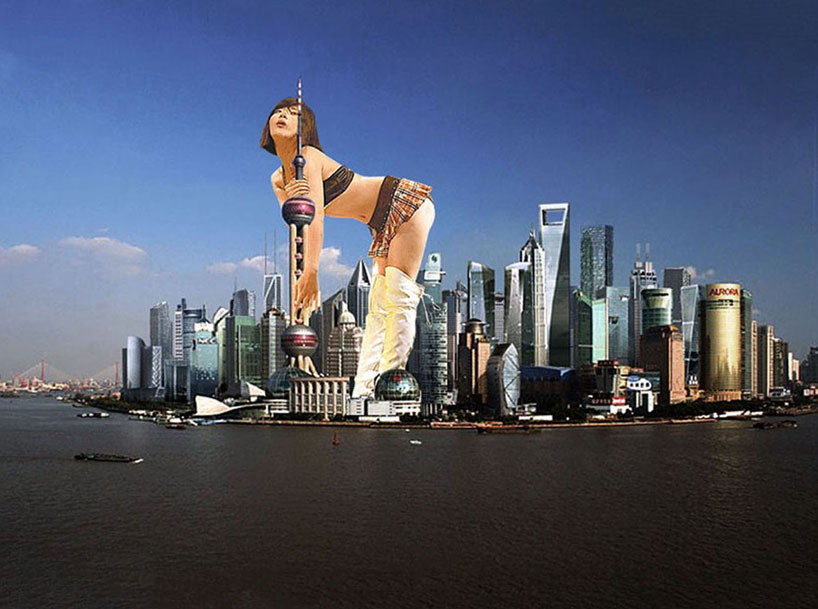 size matters
size matters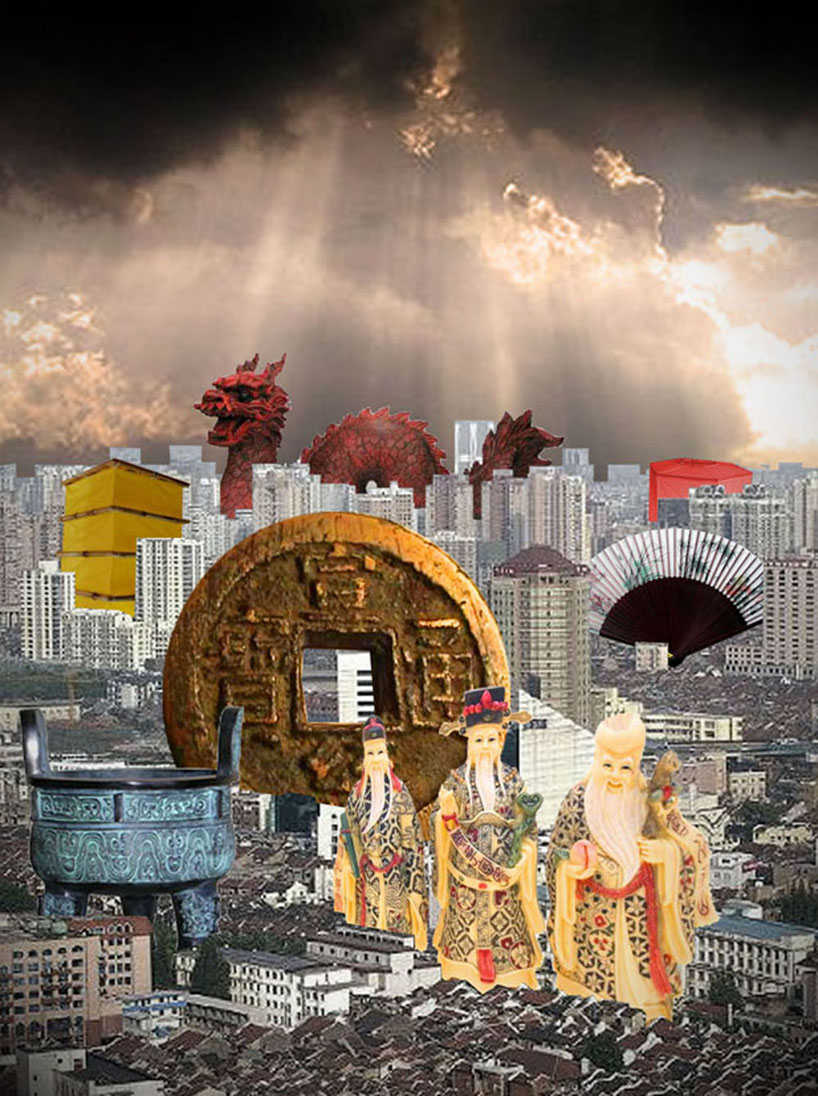 instant icons in cities
instant icons in cities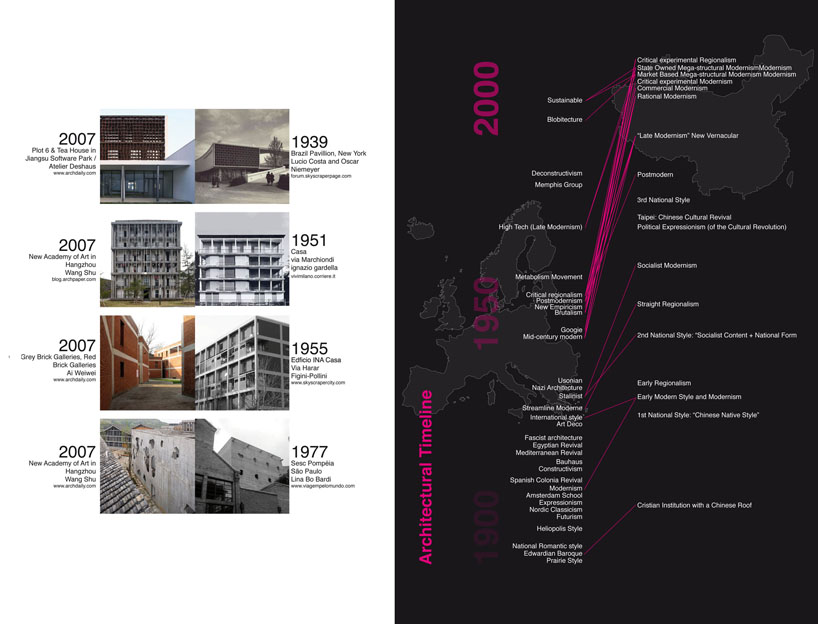 time line comparison between the western and eastern worlds
time line comparison between the western and eastern worlds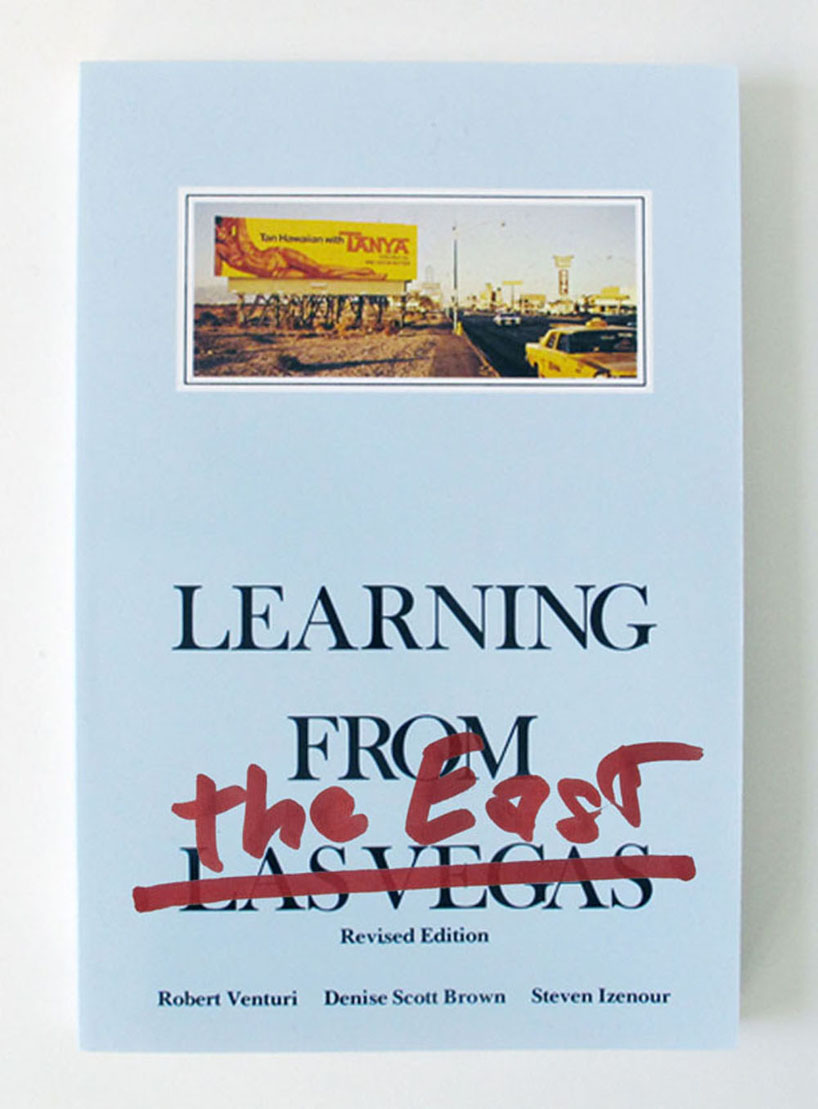 ‘learning from the east,’ by robert venturi, denise scott brown, steven izenour
‘learning from the east,’ by robert venturi, denise scott brown, steven izenour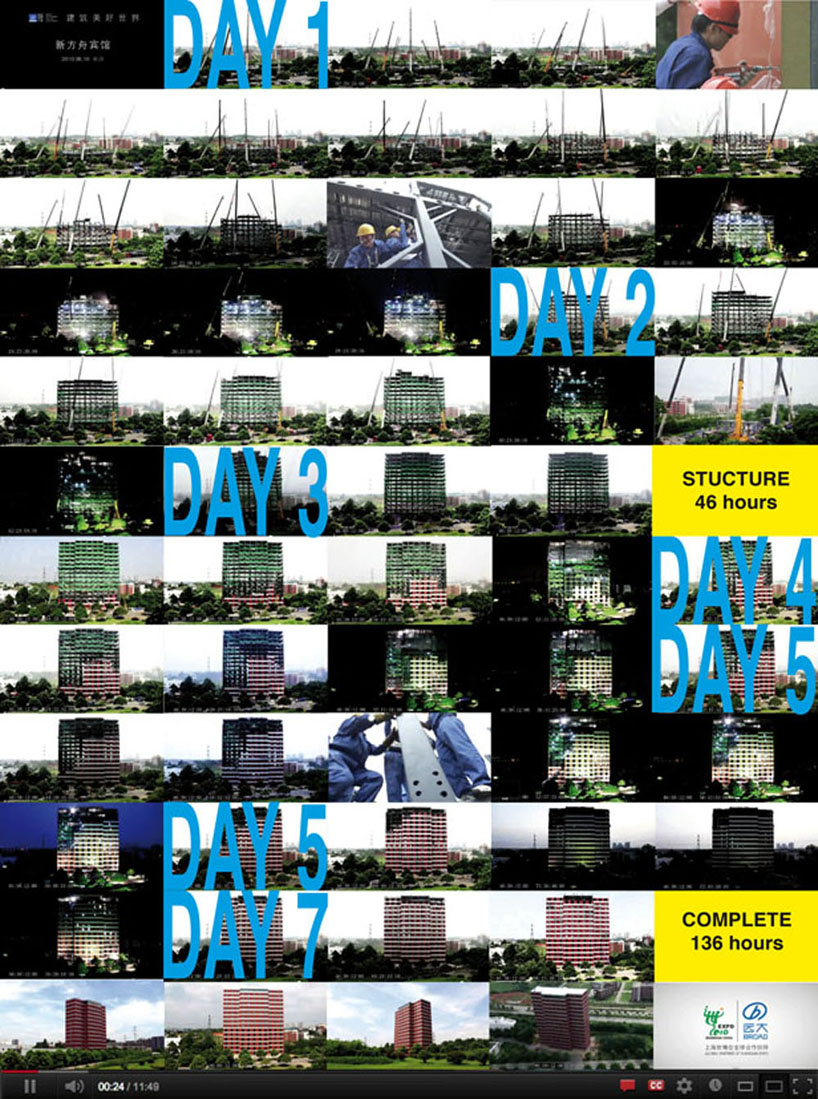 fast and furious construction
fast and furious construction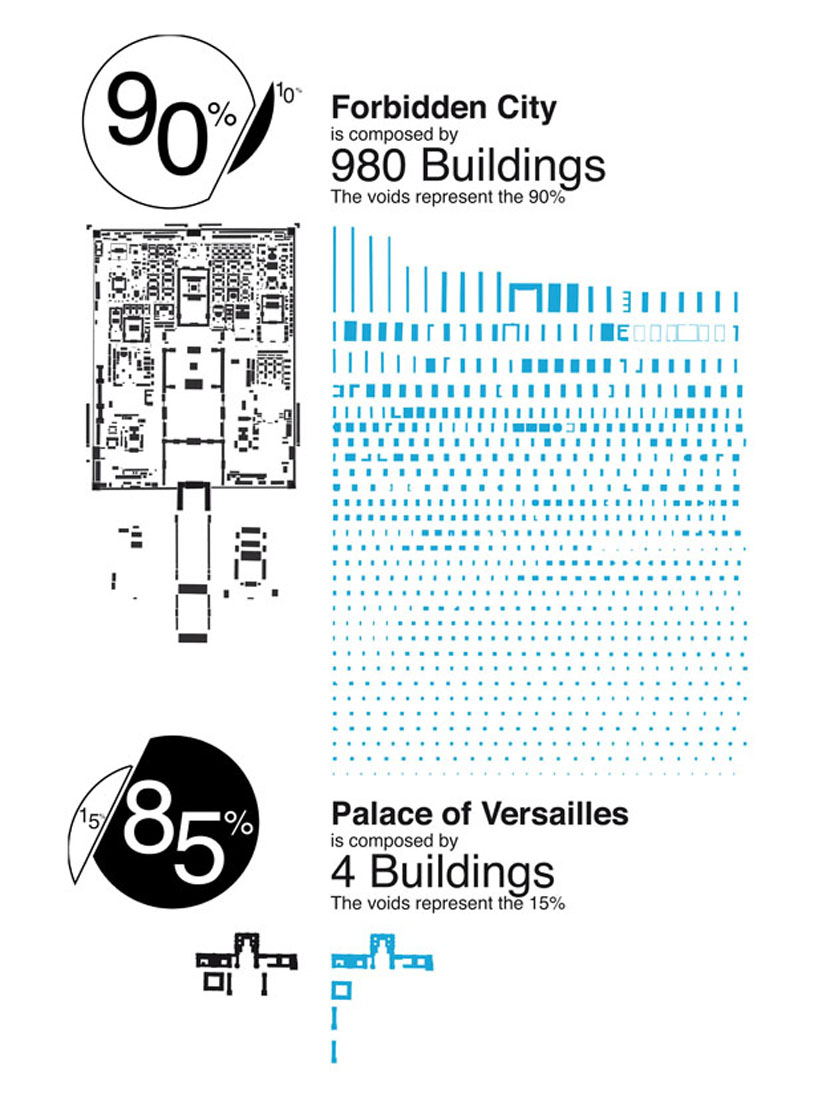 the chinese scale, illustrated
the chinese scale, illustrated
